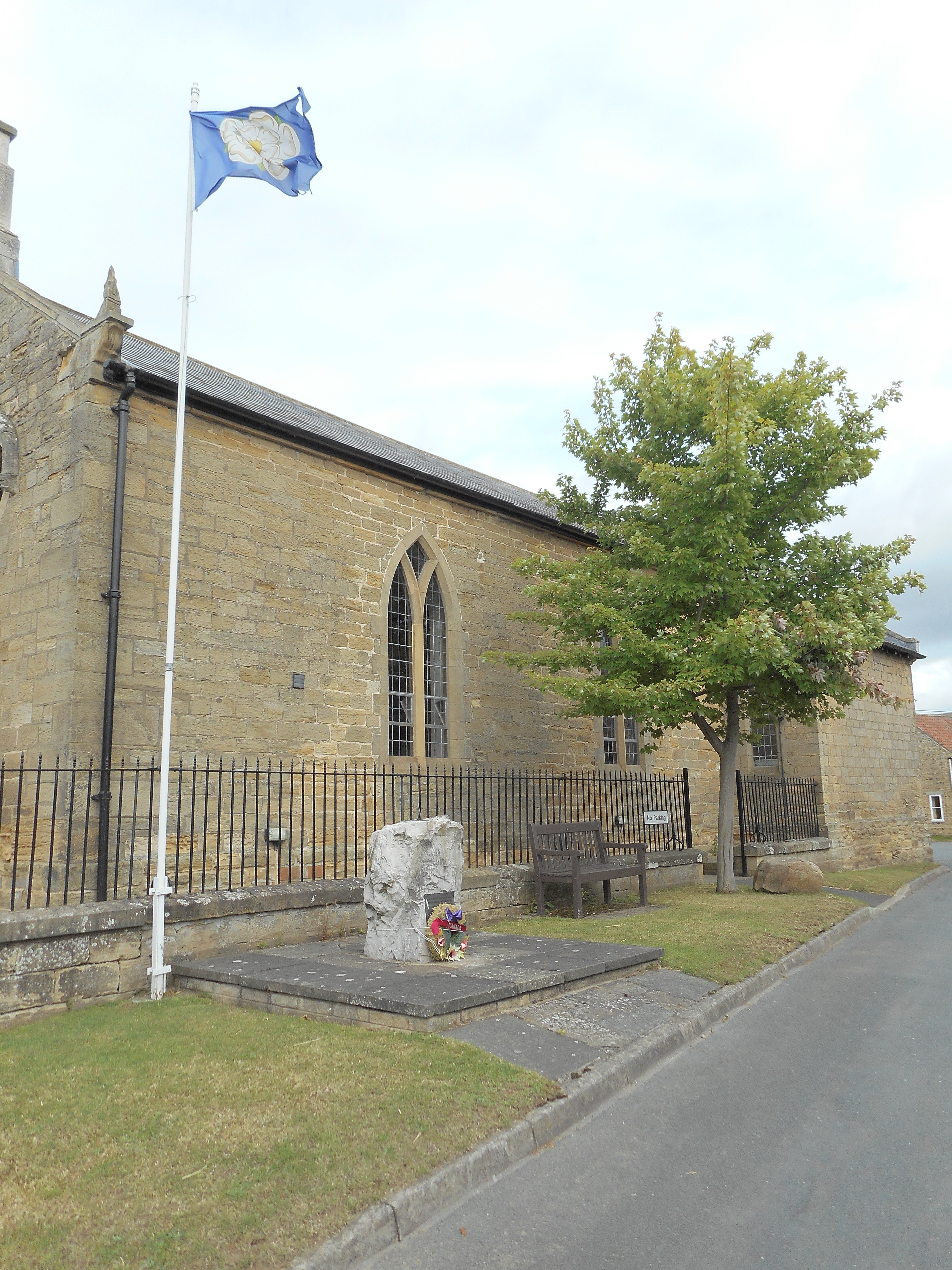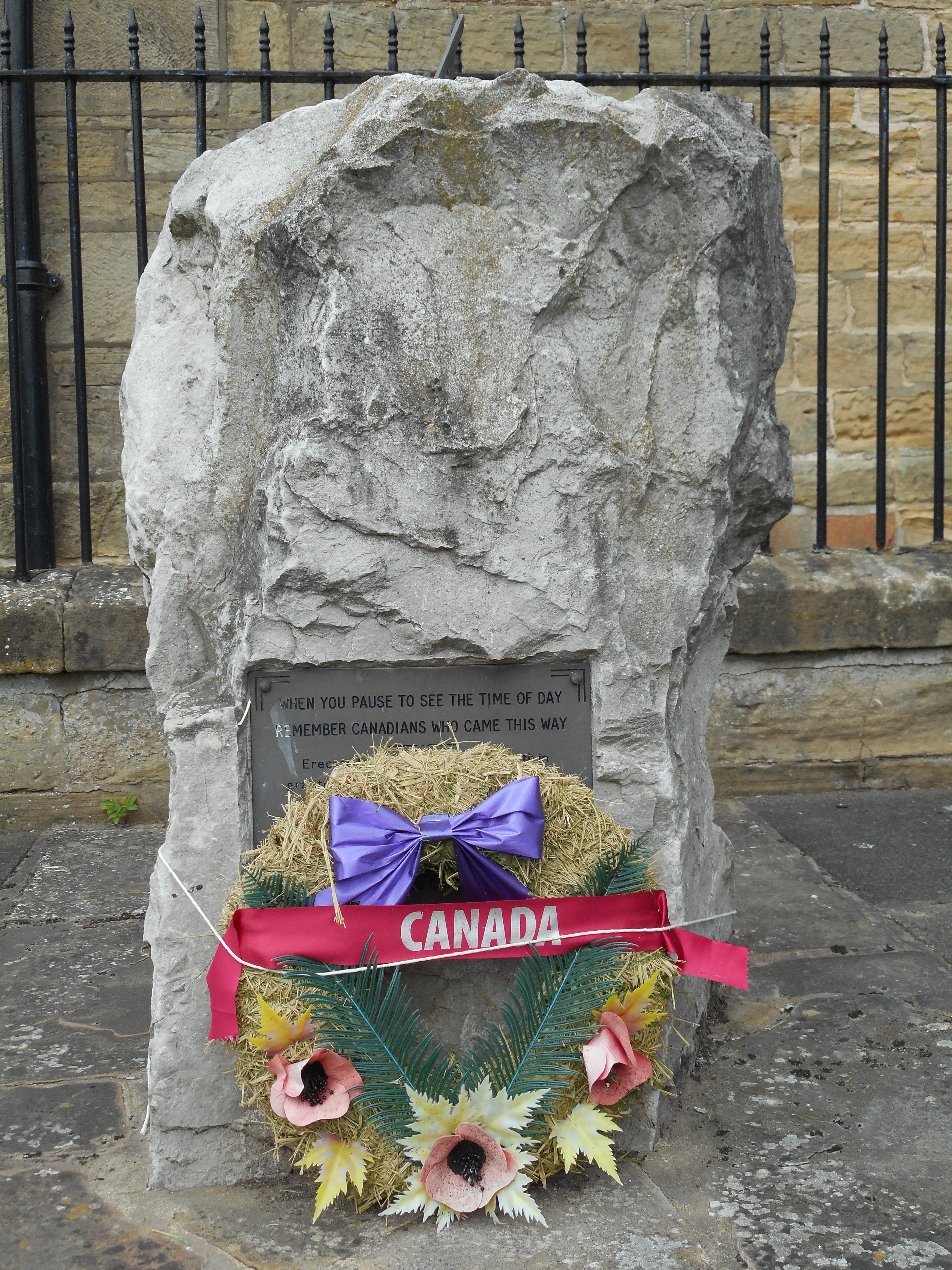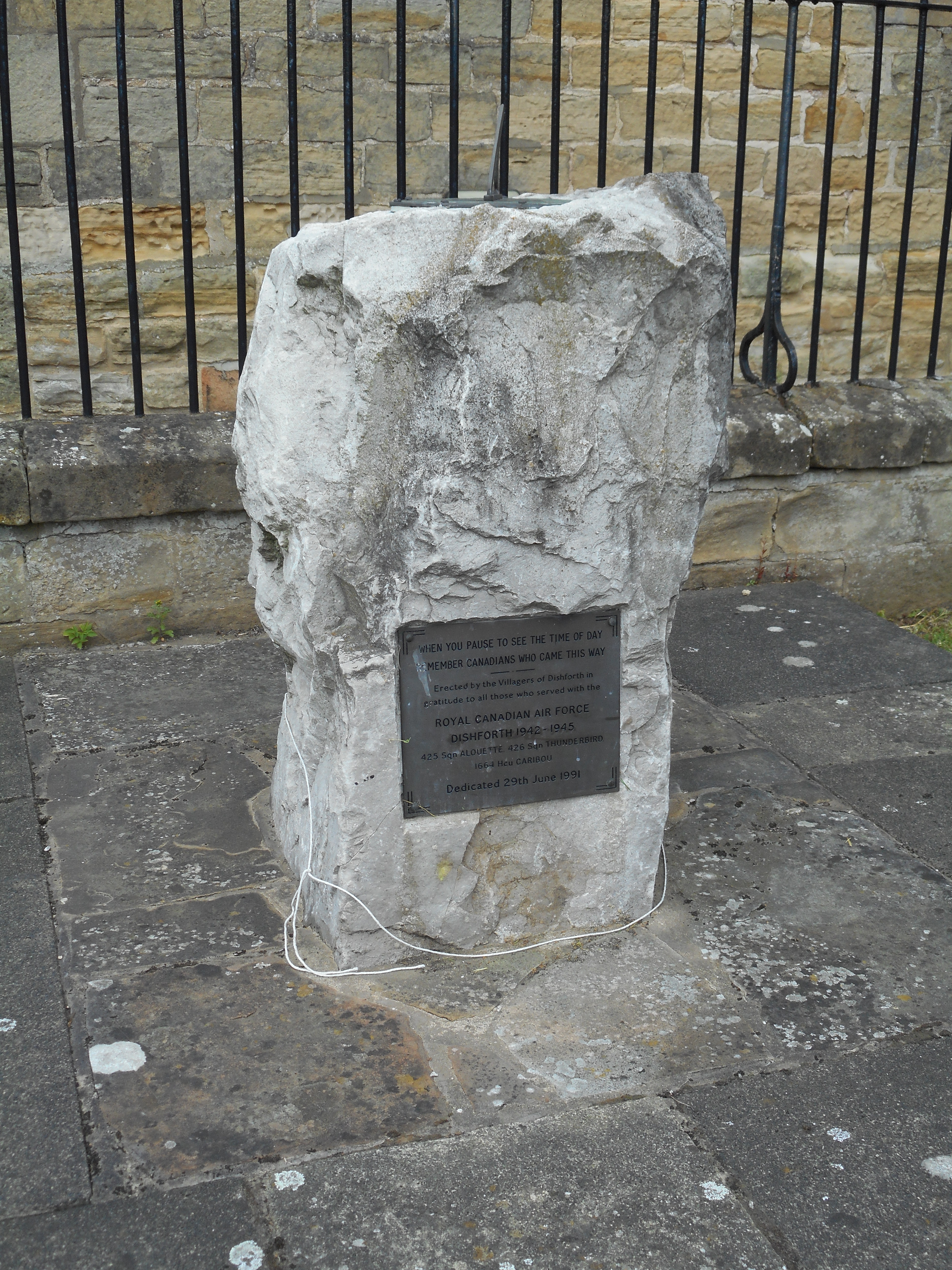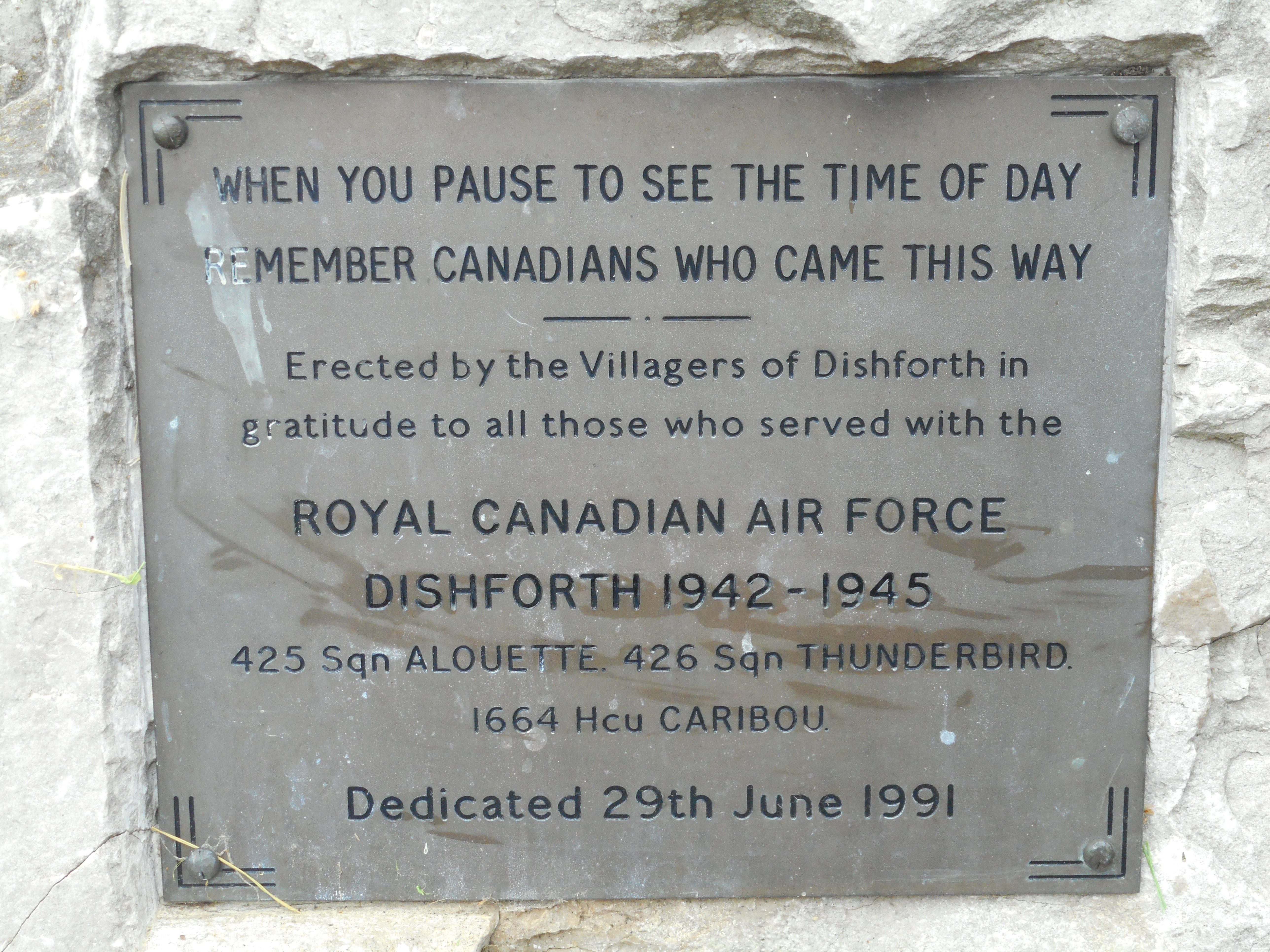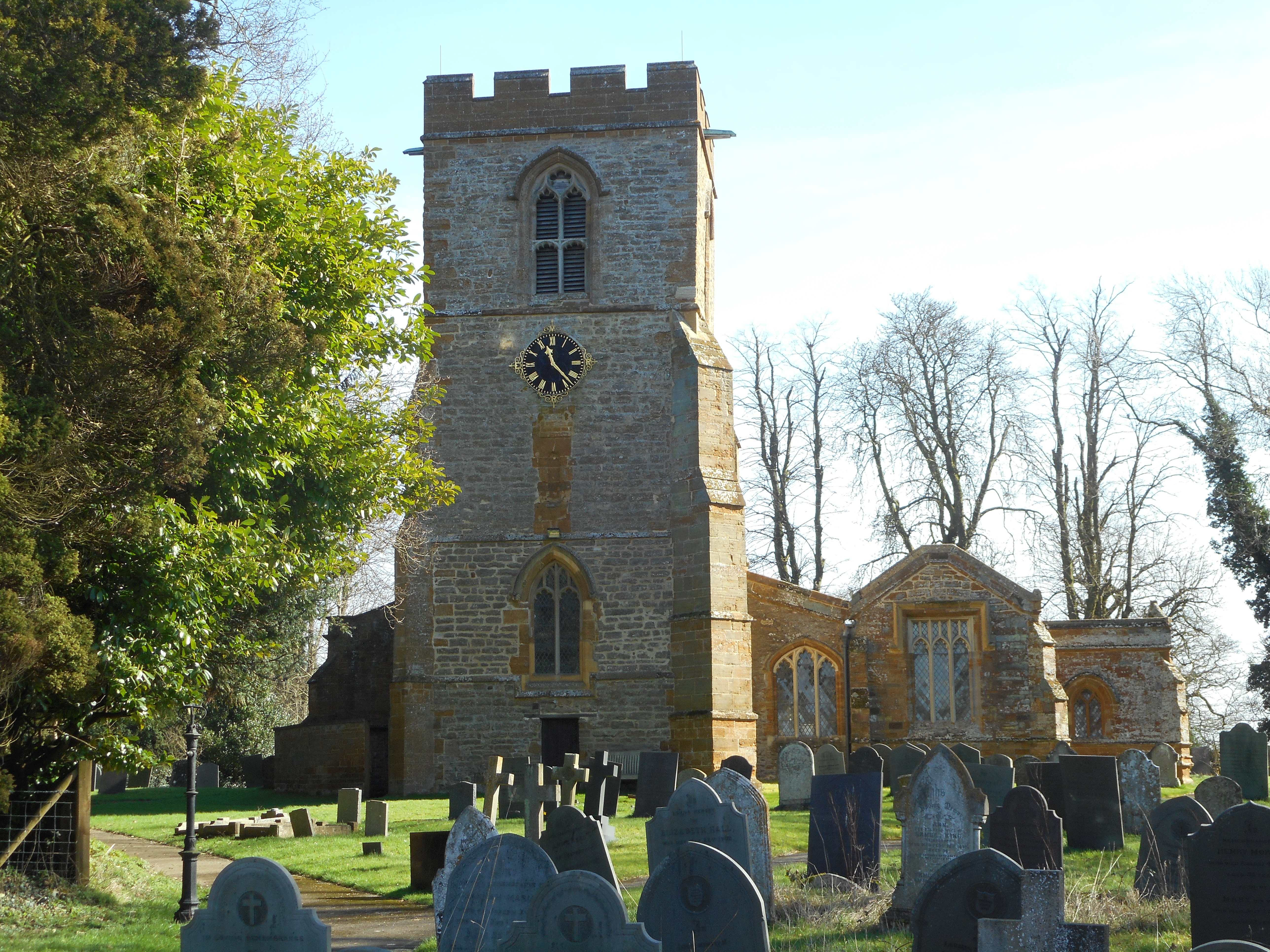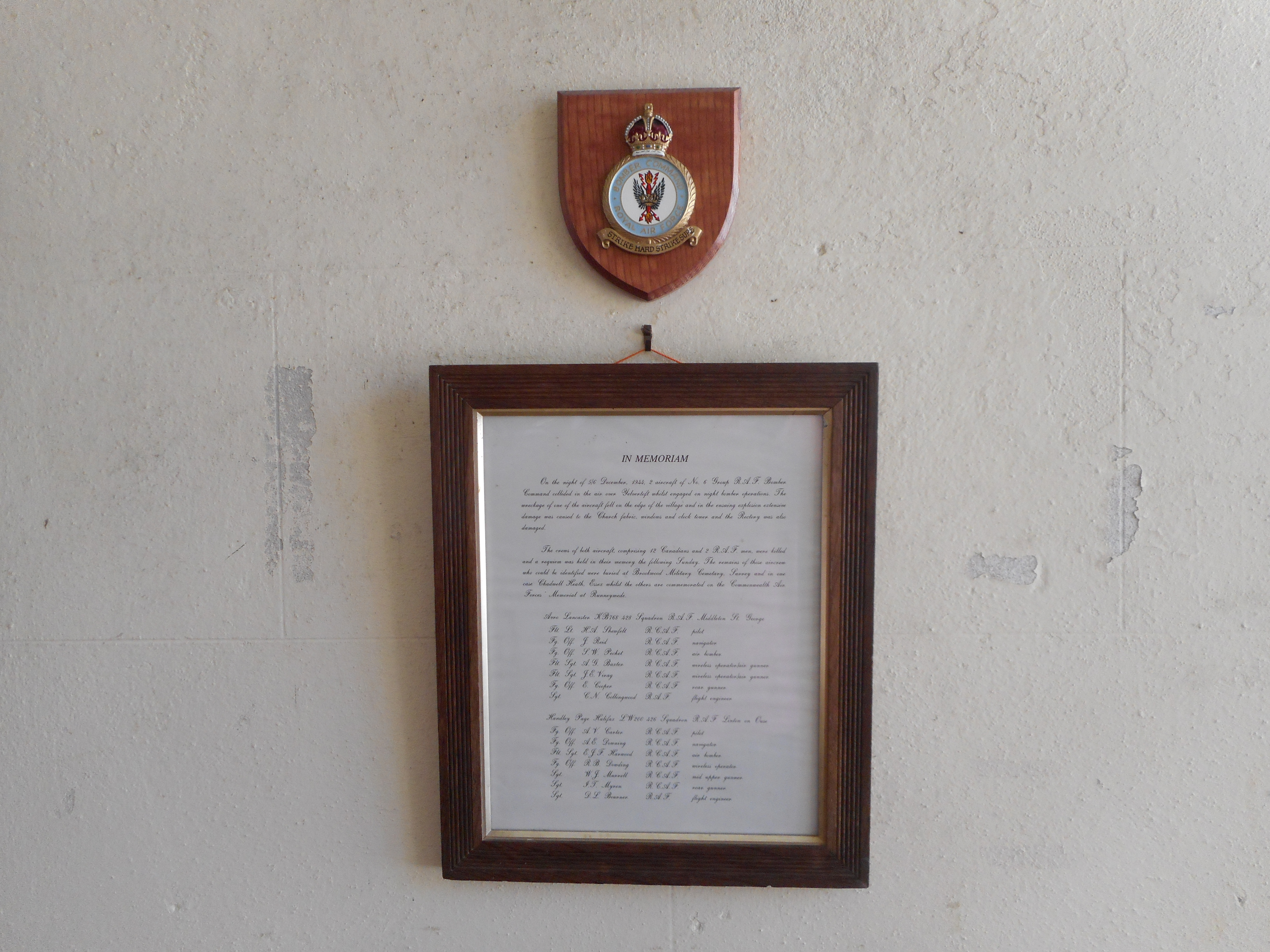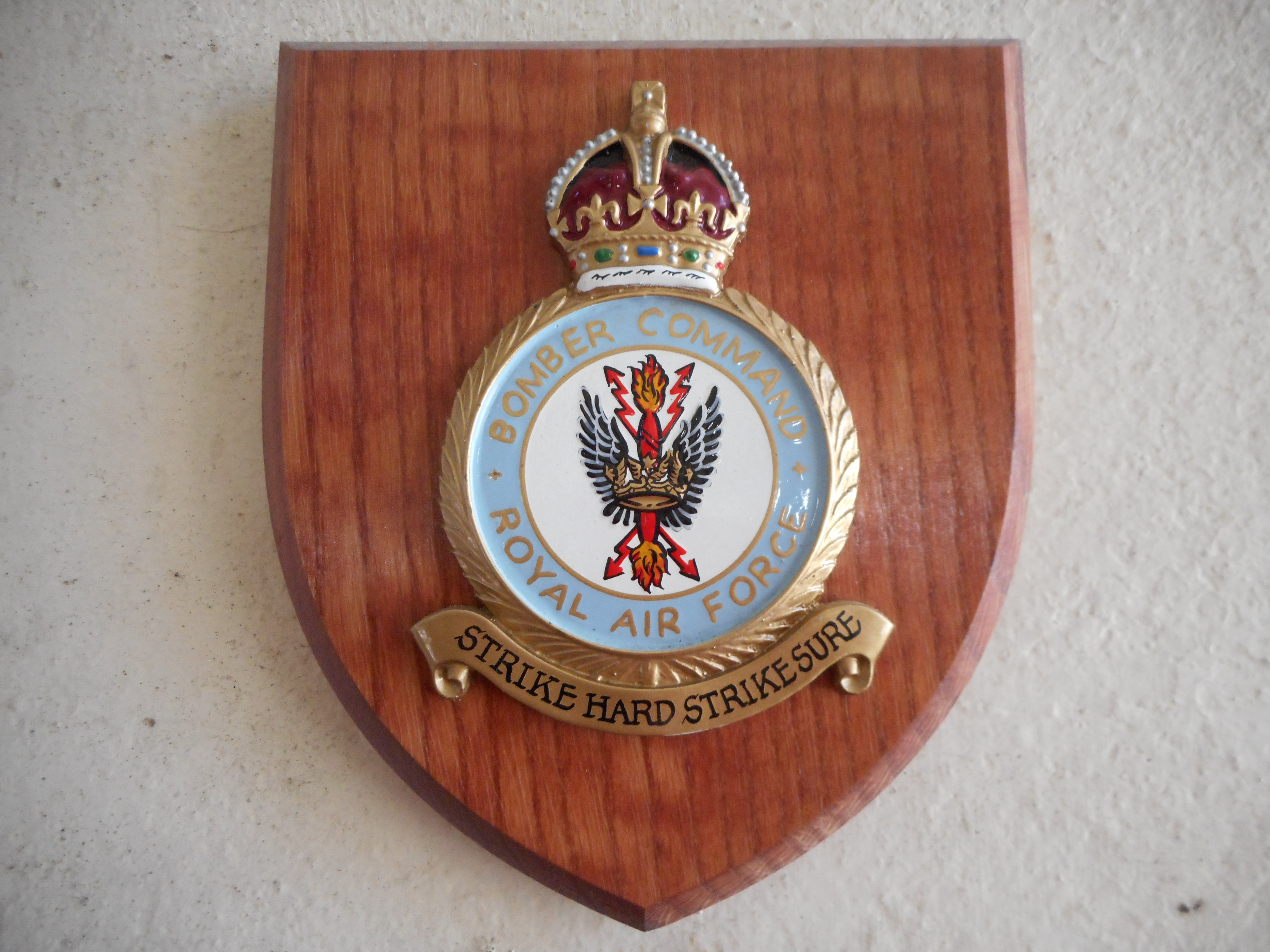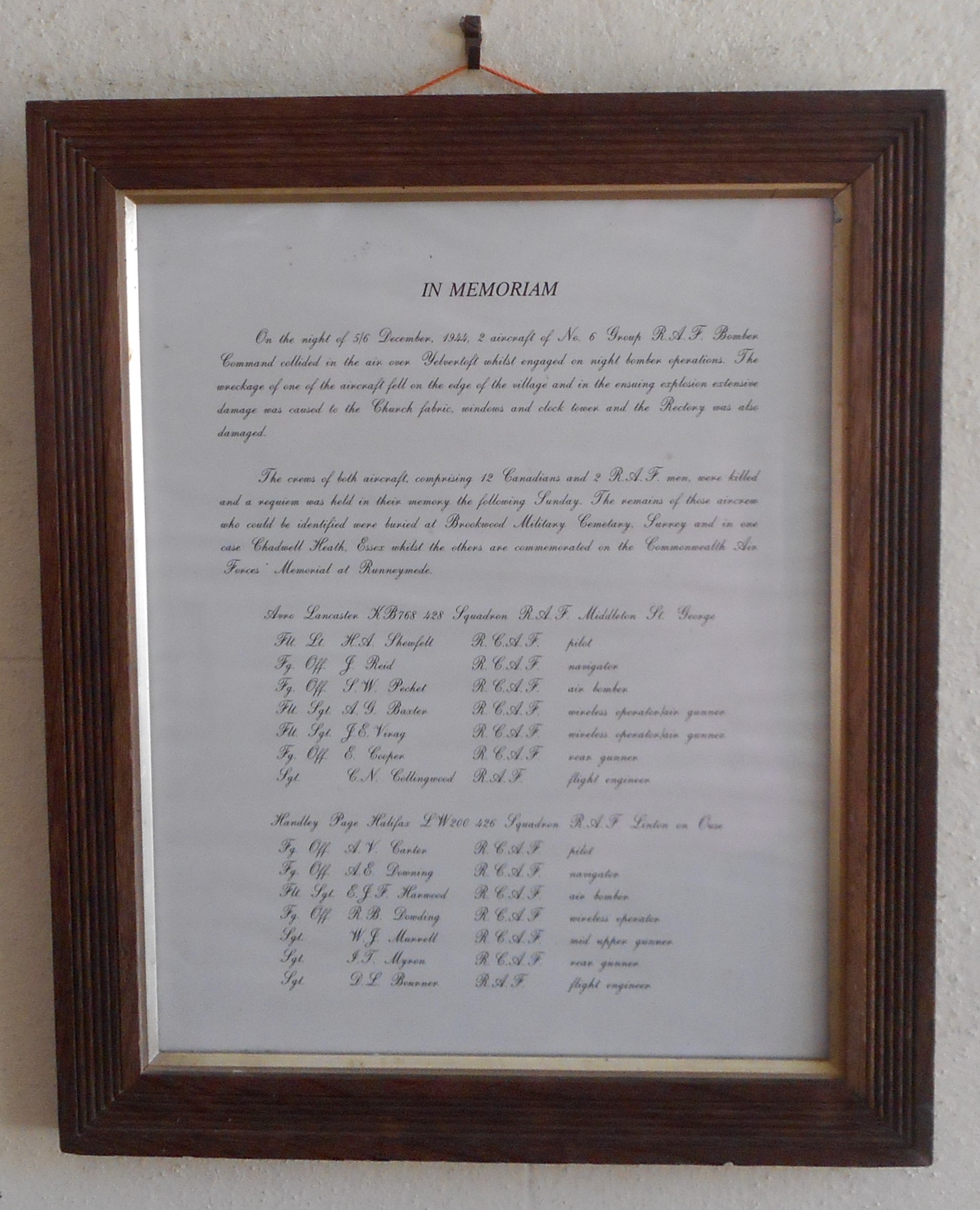| Tabor and his crew had only just arrived at 426 Squadron two weeks before, on 3 June 1944 after completing their Heavy Conversion training to four engine “heavies.” Tabor flew a couple of operations with more experienced pilots and crews as a second pilot or “second dickie”. Tabor’s first such flight came on the night of 5/6 June 1944. It was rather notable because the squadron’s task was to bomb a German coastal battery near Deauville in Normandy in support of the D-Day landings that would follow later that morning. He set out again that night as second pilot on an attack on key road, rail, and bridges near Counstances in the Contentin Peninsula. Their first “Op” as an entire crew came the following week on the night of 14/15 June as one of thirteen aircraft from 426 Squadron ordered to bomb rail facilities at St. Pol, near Arras, France. Flying in Halifax LK384 they dropped their bomb load on target at 0327 hours and returned to Linton without incident two hours later. Tabor described their first operation as a “good trip.” The next night,16/17 June, Tabor’s crew awaited the signal to take off again, this time in LK879. Their second trip would be more challenging than their first. This night would take them 370 miles from base, over occupied Europe to Germany’s industrial centre, the Ruhr. Take off was at 2306 hours. Flak was intense by the time Tabor approached the target area at approximately 01:20. They dropped their bomb load and cleared the target area without incident. LK879 was soon over Holland approaching the Dutch coast. Also flying that night was German night fighter pilot, Major Martin Drewes of Nachtjagdgeschwader 1 (NJG1). A highly decorated ace by 1944, Drewes would eventually destroy fifty-two aircraft including forty-three Bomber Command four engine heavies. On this night, Drewes had already shot down a Lancaster near Amsterdam, his 43rd confirmed claim, just after 0200. Ten minutes later he stalked LK879 as it approached the Dutch coast. It was all over at 0216 - Drewes had claimed his 44th victim. The stricken aircraft cleared the Dutch coast but soon afterwards crashed into the North Sea off the Frisian Islands. There were no survivors – the bodies of Tabor and the rest of the crew eventually washed ashore along the northern Dutch province of Friesland. Bomber Command lost thirty other aircraft that night. |
